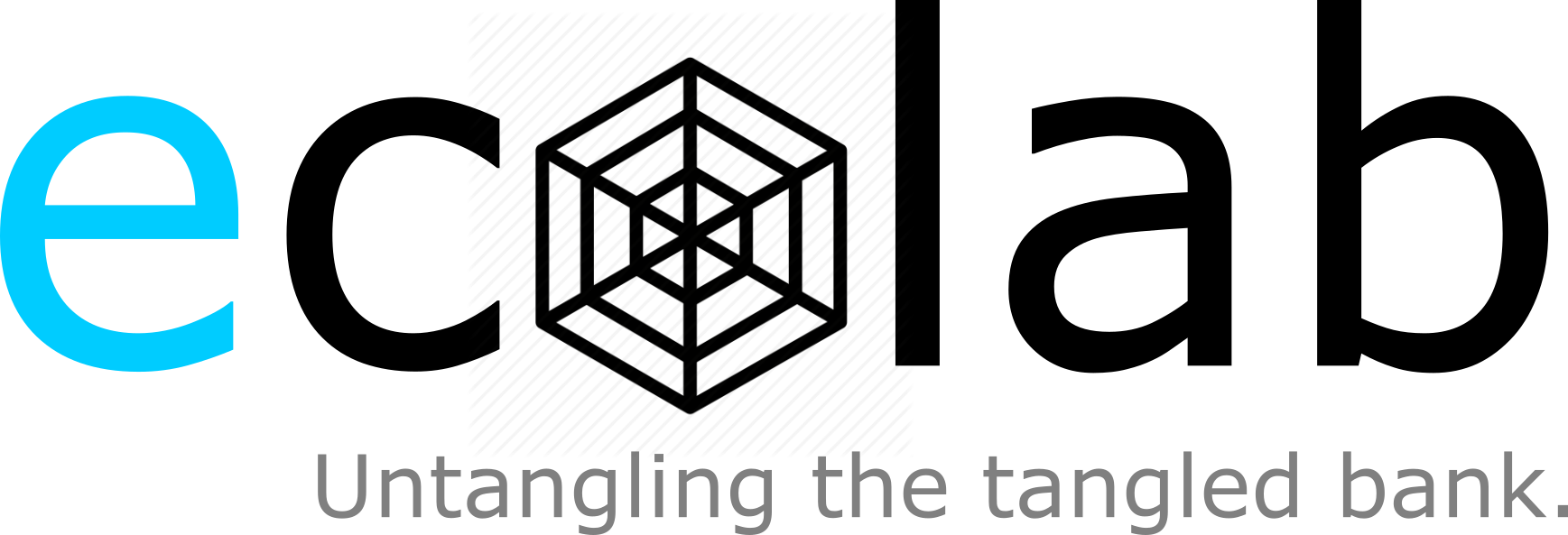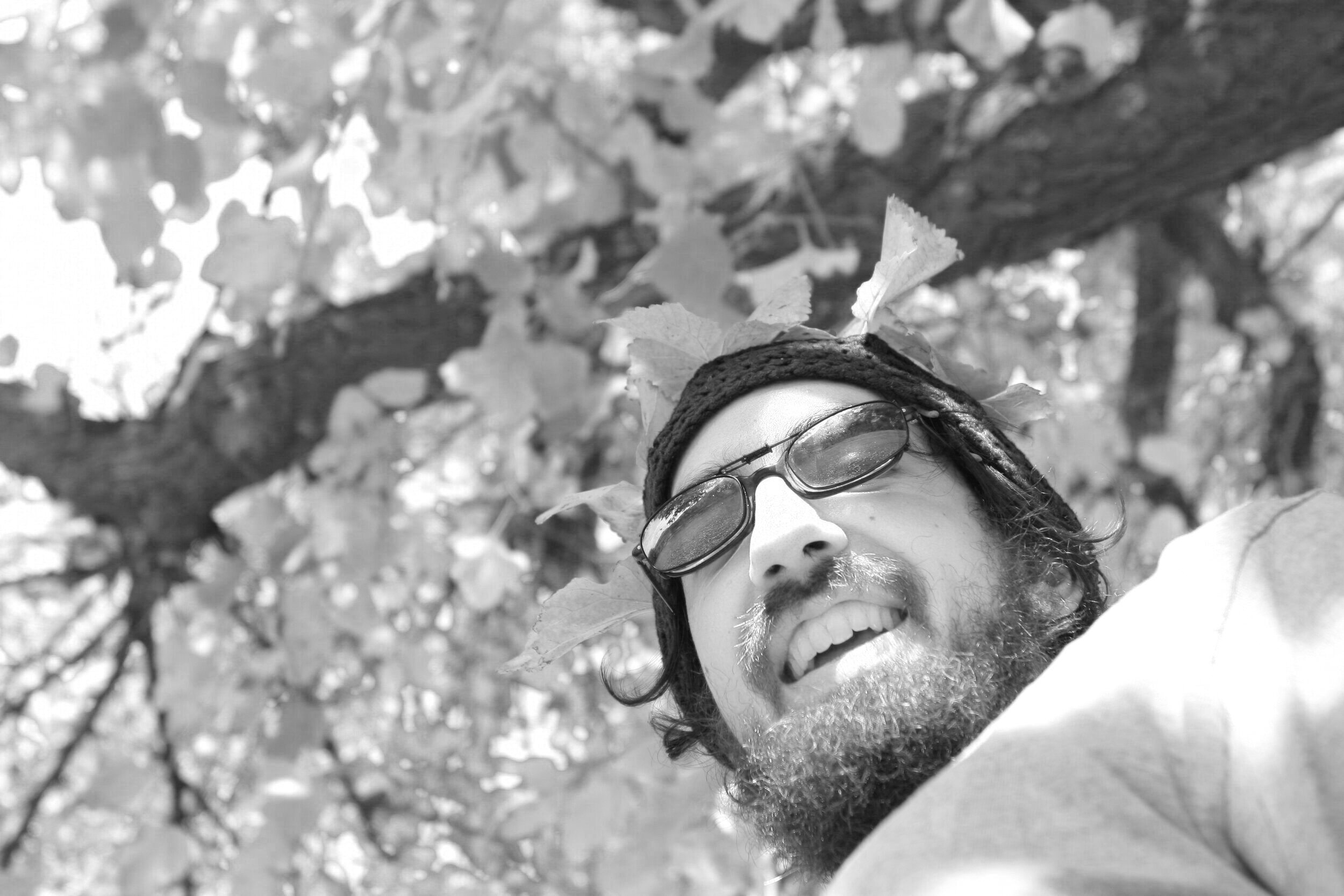About me:
I grew up on a centennial farm in central Michigan where I spent whimsical autumn afternoons exploring the creeks that ran through our woods. During the summer, I spent long days looking for aquatic insects on Torch Lake or wandering about my grandfather’s Quonset hut, where he housed hundreds of insect specimens and his intricate illustrations. These experiences fueled a deep curiosity about the natural world around me and how it works, and I have devoted much of my life exploring novel ways of measuring biodiversity.
One of the most exciting ways of documenting biodiversity is DNA metabarcoding, which allows scientists to determine all of the organisms present in a system by measuring the DNA in a single sample of water: this approach is opening the black box of biodiversity, shining light on what species occur in different environments. Assessing biodiversity in this way gives me the same sense of awe and wonderment that I got as a child when I turned over a creek rock and discovered, for the first time, tiny insects that made their homes from sticks and stones.
Visualizing biodiversity using DNA metabarcoding reveals so many species—often hundreds in a single water sample—that it can be overwhelming to make sense of all that information! This challenge has pushed me to explore approaches for visualizing this rich information. One of the most intuitive tools ecologists have for this is food webs, which structure this complex biodiversity in informative ways, illuminating feeding linkages and energy flow pathways through ecosystems. While my work in aquatic ecology is broad and interdisciplinary, intersecting the fields of community ecology, environmental genomics, and stable isotope ecology, food webs are the thread that weaves all of these interests together; they are a key tool I use to understand the growing, global threats to the very biodiversity that inspired me as a child.


